By Jim Bennett
Make sure to check out all of Our Exclusively Endorsed Turkey Outfitters at HuntTheNorth.com
I was driving to work the other morning when I spotted at least 15 turkeys out in an open field. Several of them were fighting and strutting! Others were pecking and scratching! They were obviously establishing their pecking order for breeding dominance as I drove past. I wanted to stop and watch but I knew my boss didn’t want me too! I have a boss who can really be a turkey. I’m sure many of you can relate! I kept driving but it was hard because my Wisconsin turkey season is just around the corner!
About a mile down the road I spotted a half dozen turkeys standing out in a field but they weren’t moving! Then I spotted the blind! It was hunter set up with a half dozen hard bodied decoys! I honked as I drove past because this guy was set up right next to the road. There was not a gobbler or hen in sight. I was hoping my horn honk might have triggered a gobble from a nearby Tom turkey I had just passed! In the spring Toms often gobble in response to just about any loud noise!
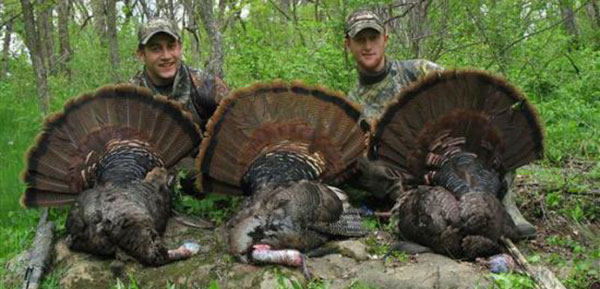
Lucky hunters all across the US are heading out to their blinds right now. The rest of the would-be turkey hunters are practicing their calling and planning to head out with hopes of being able to fool a big old spring gobbler. People who live in the same households with turkey hunters are going a little nuts this time of year with the constant practicing around the house. The person calling loves it but those forced to listen to the yelping, gobbling, clucking and purring are just about ready to ring a few necks! Many a turkey caller has been banned to the basement and garage this time of year in order to maintain any kind of peace in their homes.
I fell in love with turkey hunting the first year I ever went. That was Wisconsin’s first ever turkey season more than 20-years ago and I haven’t missed more than a couple seasons since…. only because I wasn’t drawn. Since then I have figured out how to get drawn every year! That key is to be flexible with your choices and take any tag in just about any zone with an abundance of tags!
Starting this spring in Wisconsin turkey permits remaining after the initial drawing are being issued on a first come, first served basis by the DNR. The left over permits are available at any license sales location, over the phone, or online. The fee for those permits will be $10 for residents, and $15 for nonresidents. All hunters will also be required to pay the spring turkey license and stamp fee, unless they have previously purchased the license or stamp, or a Conservation Patron license holder. Residents and nonresidents will have equal opportunity to purchase these permits. Purchasing these permits will not affect your preference status for future spring or fall turkey permit drawings. Purchases are limited to one permit per day until each zone and time period is sold out.
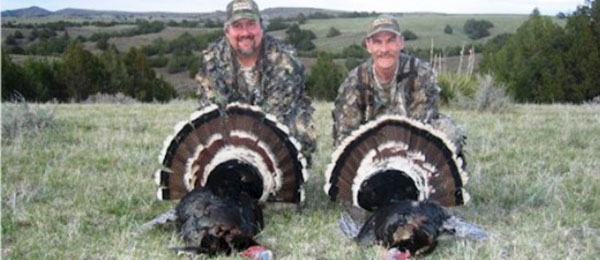
So what are the secrets of spring turkey hunting? Some are so simple and others are things you will just have to learn over time by spending time in the turkey woods. But there are a couple simple keys that I can share with you. Just remember things can change just like the weather for even the best turkey hunter. And weather, the availability of hens and other hunters are always the biggest obstacles a turkey hunter has to put up with. You don’t have control over those factors but you can handle them if you are smart!
Rain and snow can change the whole picture. Over the years I have found that turkeys are often very active in bad weather. In rain I often find gobblers out in the middle of large open fields. It’s sort of like they don’t like to walk through brush or thick cover in the rain. They get wetter that way when they brush against tall grass and brush. All birds know that wet feathers and cold are fatal when they coincide.
Think about it for a second. When you walk through tall grass and brush in the rain your pants get soaked! Even after a rain! You don’t like it and turkeys don’t like it either. So find open areas when it rains and sit up in the best cover closest to them. Turkeys can’t get in their cars and drive around in the rain. That is something I did when I first started turkey hunting and sure enough I saw the turkeys right out there in the open where I should have been. Now I own the best rain suit I can afford and dress for the cold wet weather. I might be wet and cold on the outside but I’m warm and dry on the inside in rain or snow!
In snow, and we who live up north know that early season turkey hunters often get snowed on will learn that turkey are active in snow also. But they will stick to their normal haunts, feeding areas, strut zones and roosting trees on the lips of hills! Treat snow just like rain.
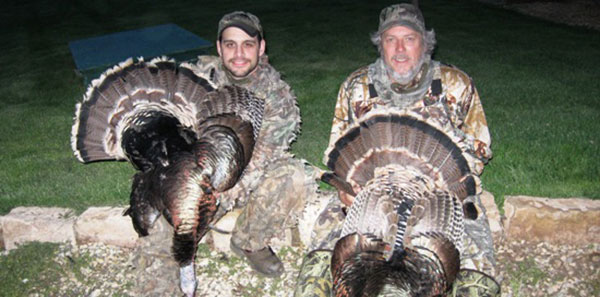
The worst weather obstacle I hate that usually comes with the snow is cold. For some reason gobblers get lock jaw in cold weather! You may hear a few early gobbles right at daybreak but once they are on the ground they usually quiet down and the turkey woods seems dead!
There is no other sport as boring as turkey hunting when gobblers aren’t gobbling. It just takes all of the fun away. That is why you have to do your work and scout right up to the day your season begins! You have to really know the area. Where do they like to roost, strut and where are the fly down zones? If you know those locations you are going to be successful in cold weather!
There is nothing more exciting that sitting in a field or pasture and having a big turkey come pitching out of a tree a half mile away and come sailing right at you. I’ve had some land so close that the pressure of their wings landing has moved my decoys. They sound almost like jets coming in at you that way. Talk about getting your heart pumping!
Decoys are a must for turkey hunting. When you place them out in a field a ways from where you are sitting it takes their attention off you and your calling to the decoy. This gives you an advantage that hunters who don’t use decoys fail to gain. I like to mix a few different kinds together and have a couple in the mix that move! That can really fool old Tom Turkey! Be sure you place your decoys in your shooting range for obvious reasons.
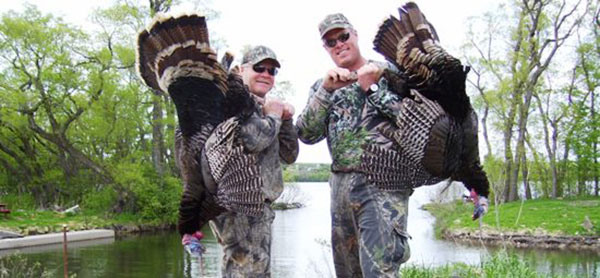
The new pop-up blinds are great but I don’t like to haul around too much gear so I don’t use them. Good camouflage clothing works well enough for me but you still have to be still. Turkeys might not have the largest brain in the world but they are about the weariest woodland critter I have ever seen. Deer will stand there and look at you when they see you or spot a bit of movement. Sort of like they want to identify you before they split. Not turkeys. As soon as they spot movement they are gone in a heart beat. It doesn’t matter how close you might be either. They are as wary as they come.
But they are vulnerable to calling! And don’t be afraid to use a call. I carry several calls. Some times up to a dozen or more out in the field. These include locator calls and several turkey calls. My favorite locator call is a crow call. Crows are everywhere and their calls go unnoticed in most cases. When a Tom turkey is hot for a hen he will gobble to crow calls. Plus crow calls won’t attract other hunters. A gobble call used as a locator will attract other hunters. That is why I don’t use gobble calls to get turkeys to shock gobble back at me. I don’t want to call in other hunters when I use a shock gobble call. Same goes for when you have a gobbler coming in gobbling to your set up. Don’t over call or you could call in another hunter that could ruin your hunt!
I like to be aggressive but not pushy when I go into the turkey woods. I like to get set up close to a roosted gobbler I put to bed the night before so I’ll be right in his bedroom at daybreak. Let me rephrase that. I want to be in the woods and set up at last an hour before the season opens so I don’t get busted setting up at daybreak! I scout late afternoon towards dusk and try to spot a gobbler going to roost. In most cases I already know where they like to roost so it’s easy to put them to bed! I like to set up in fly down places at first light so I have to know where the strut zones are. Another good location to set up is where the hens feed at first light and let them walk in to your set up.
Around noon I may move closer to secondary feeding areas like picked corn or pastures with lots of cow pies in it. Hens love to tip over cow pies for grubs. Midmorning means it’s time to hit hilltops and other locations where turkeys like to gobble. But be careful there because often times the gobbler might already be on the hill tops by the time you get there. They often return to the hills where they strut in the early morning around noon if hens are on the nests. You’[ll soon learn that hot spots are hot spots several times during the day!
But don’t just scout for gobblers. I am always looking for where the hens are working. Where are hens feeding, where are hens dusting, where are hens nesting and where are hens roosting? Why? Because in the spring the gobblers are going to follow the hens wherever they wander. It’s mating season and that is all the old gobbles have on their minds right now. If you could only mate once a year you’d be doing the same thing the Toms are!!
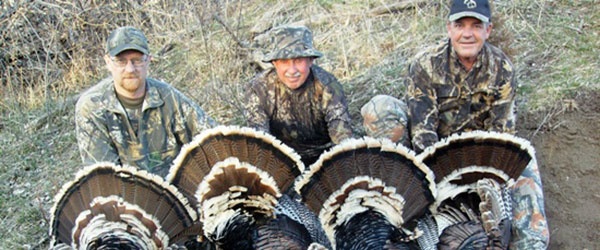
And use the right shot and be sure to pattern your gun every year. I like my old 12-gauge with straight 6-shot, 3 inch length in a magnum load for the extra power and density! You have a much denser pattern with 6’s over heavier shot and that is the key to tipping Tom turkey over. The density of your pattern is the most important factor in taking a turkey. Your target is so small you need the dense pattern to take a turkey with a single clean shot.
Think about it. The brain of a turkey is the size of your thumbnail. The spine that runs from the brain down to the neck is the width and length of a pencil. The load of six should will give you the best advantage with the combination of hitting power and thick pattern because you can get a lot more #6 shot into a 3 inch shell than a number 4 shot or two shot. I would consider 5 shot if 6 were not available but the experts I know recommend 6 shot and so do I.
You have to get the bird in close for the kill. Pattern a few shells before you hunt and know where your densest part of the pattern is. It’s not always right in the middle. Place that densest part of your pattern right where the neck meets the body. By doing that most of your densest part of the pattern will be in the neck and brain and you will have clean kill. And know the distance of your pattern. Some guns will shoot a tight pattern out to 35 yards while others might break up at 25 yards. So set a marker out to your maximum kill range and never shoot beyond that distance.

And finally be careful in the woods. Turkey hunters are great for not shooting other turkey hunters. I think hunters education might have a lot to do with that so let’s keep it that way. That’s the way it should be!
WILDLIFE QUIZ – TRUE or FALSE – Only male turkeys have beards. Answer: False — Some hens can have beards but they are pretty wimpy looking in most cases!
Find Your Next Turkey Hunt Here!! HuntTheNorth.com
HuntTheNorth.com Exclusively Endorsed Turkey Outfitters
Kansas Turkey Guide | Minnesota Turkey Guide | Nebraska Turkey Guide | South Dakota Turkey Guide | Wisconsin Turkey Guide | Wyoming Turkey Guide

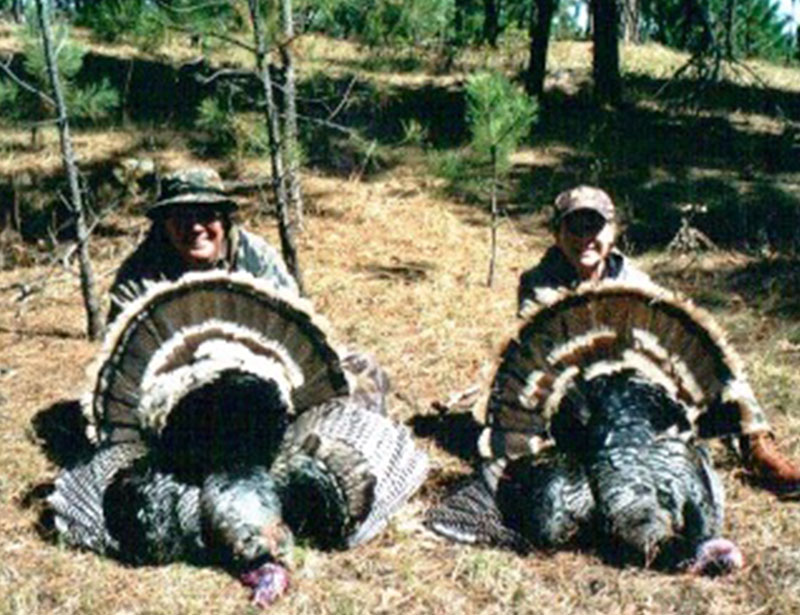
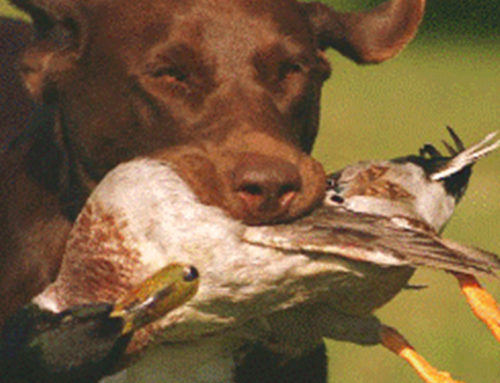
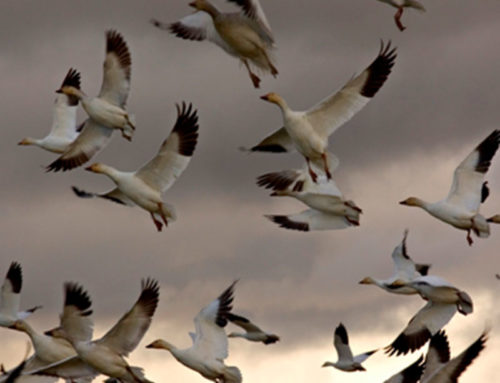
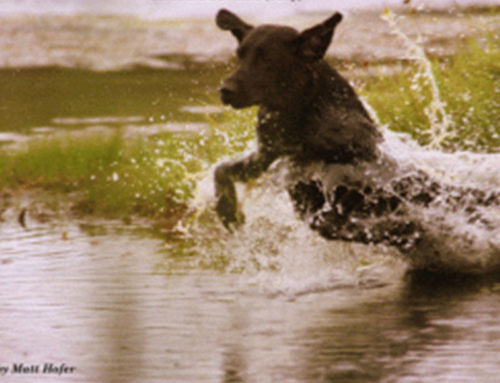
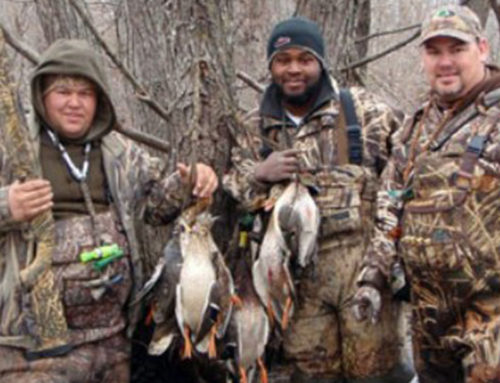
Leave A Comment